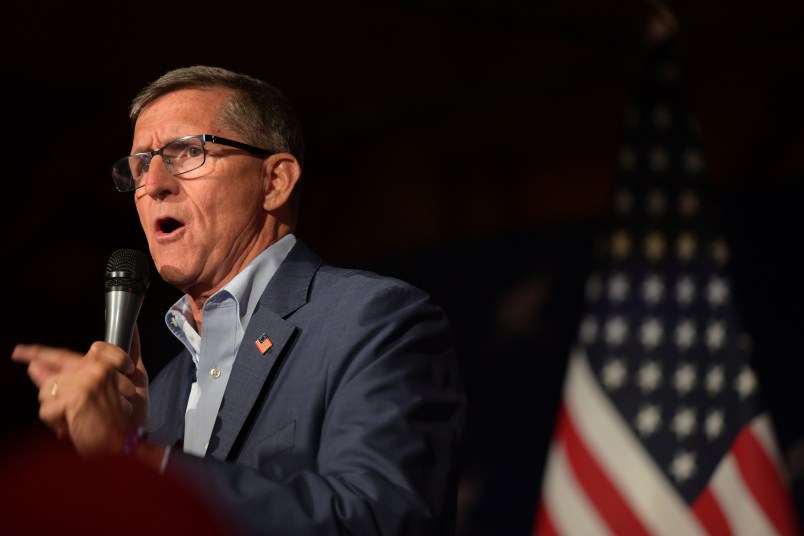Two scandals broke last night with Rep. Rick Renzi (R-AZ) at their centers. At first glance they have nothing in common. But a closer look reveals the deals now under federal scrutiny pivot on two central issues: Arizona’s fragile but important San Pedro River, and Renzi’s remarkable ability to aid his supporters by manipulating the waterway’s health.
In a nutshell: Renzi cut one deal in 2003 that helped take water out of the San Pedro River, financially benefiting a major political backer but potentially devastating to the waterway, which is said to be vital for millions of migratory birds. The congressman made a second deal deal in 2005 ostensibly put water back into the river — and made millions for another major political supporter and onetime business partner. Both are now reportedly under federal scrutiny.
Did Renzi arrange the second deal to make up for the damage of the first? Or was he trying to seize a business opportunity he’d created? Did others come up with the deals, and Renzi simply helped out? Who knows. That may be what the feds are trying to puzzle out right now.
In 2003, Renzi pushed for legislation that would exempt an army base from a promise it made to the U.S. Fish and Wildlife Service the year before. Renzi’s father is a senior executive with ManTech, a government intelligence contractor with significant operations at the base, called Fort Huachuca. The firm is one of Renzi’s top campaign donors.
ManTech held contracts to help the army expand its intelligence operations at Fort Huachuca, which has grown quickly since the 9/11 attacks. That growth required hundreds of thousands of gallons of water to get pumped out of the ground — drawing away from the water that should make the San Pedro River flow.
In 2002, the army agreed to pay for replacing much of the water it was drawing out of the ground. The costs of the new agreement caused some to worry that Fort Huachuca would have to shrink or close altogether. If that happened, contractors like ManTech might lose business. (Renzi’s office has disagreed.)
Congress approved Renzi’s proposal, despite critic’s claims that it would be “a death blow” to the San Pedro, and it became law in November 2003. Three months later, James Sandlin, a Renzi backer and business partner, snapped up 480 acres of farmland that abutted the river for $960,000.
In early 2005 — roughly a year after Sandlin bought his land — Renzi began pushing investment groups to buy the tract and include it in public-private land swaps they were proposing. His reasoning, he explained in late 2005, was simple: if a group was to buy the land from Sandlin and then swap it with the government, the feds could kick off the farmers there who were using nearly 600 million gallons of water a year for their crops, which could instead feed the nearby San Pedro River.
The catch: Sandlin wanted a premium for the land. Just two years after he’d bought it, Renzi’s backer now wanted $4.5 million for the tract he’d paid less than $1 million for. Eventually, he got his asking price. Shortly after the sale, Renzi backed away from the land swap; combined with the discovery of endangered species on another parcel included in the swap, the arrangement seems indefinitely suspended.
Renzi has denied wrongdoing in both deals.





 Are Renzi Scandals Connected?
Are Renzi Scandals Connected?


